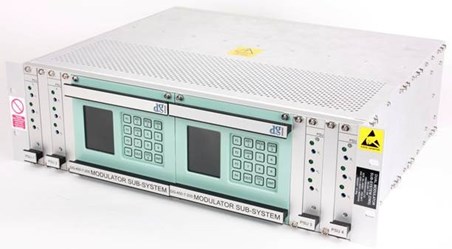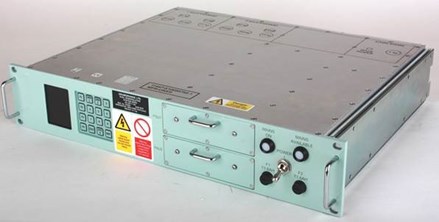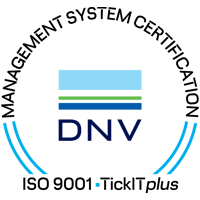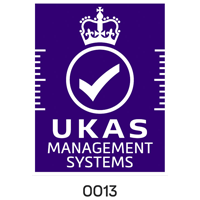VLF/LF Communications
Drumgrange has been actively involved in VLF Submarine Broadcast Strategic Communications since the 1980s, having developed bespoke items of equipment that span the entire VLF communications chain from headquarters and transmitter sites to the submarine platforms at sea. We continue to support, refine and refresh those systems via long-term contracts with National Governments, NATO and Prime Contractors.

VLF Modulator System
The Dual Demodulator System (DDS) is a dual independent channel for Very Low Frequency (VLF) and Low Frequency (LF). The DDS is primarily used to provide independent off-air reception of Minimum Shift Keying (MSK) Transmissions through an Intermediate Frequency (IF) interface where it supplies demodulated data to cryptographic equipment for subsequent decryption and message handling.
In addition, the VLF/LF Modulator Sub System provides critical key stream processing, formatting and modulation for secure transmissions which are compatible with the MSK in STANAG 5030 and STANAG 5065.
All products include comprehensive built-in test detection and reporting mechanisms.
The VLF Communication product range can be broken down into the following categories:
NATO VLF TMSAU
The original version of the Drumgrange VLF Traffic Formatter, Modulator, Synthesiser and Antenna Tuning system (TMSAU) was specifically designed to comply with NATO STANAG 5030 edition requirements and was one of the first in its class to be fully compliant against this standard.
In addition to the traffic formatting and modulation, the TMSAU also included a mechanism to tune the antenna based on the relationship between the Voltage and Current sensors.
The TMSAU was installed at three NATO transmitter sites including UK, Norway and Italy and is still used in Italy in excess of 20 years after installation.
MSK Demodulators (DDS457)

VLF Demodulator System
Designed to meet all the requirements of NATO STANAG 5030 and future AComP 4724 implementation, the DDS457 can be configured in either dual or single demodulator mode. The DDS457 enables continuous, off-air data recovery of MSK (M4, M2 & M1) and FSK transmissions from VLF/LF radio receivers. The DDS457 has been designed for platform installation but is equally applicable for shore-based, off-air monitoring applications.
Recent developments witnessed the introduction of a new dual and single demodulator into family of VLF/LF products. These were specifically designed for the submarines environment but are equally applicable to shore side or surface platform applications. These units are currently provided in a 2U format and within a 1U chassis.
VLF/LF Multimode Transmitter Drives (DDR310)
DDR310 enables up to 4 x 50 (or 75) baud keystream data inputs to be formatted and modulated onto a high-stability VLF/LF carrier. The variable level output-modulated carrier is then passed to the associated transmitter power amplifiers for transmission. The DDR310 provides the core elements of a system which can be expanded, using plug-in modules, to include Keystream processing, demodulation for off-air monitoring, AComP 4724 implementation, automatic antenna fine tuning and Ethernet connectivity including remote control and data input.
VLF Studies
Drumgrange has previously developed a numerical computer simulation model to evaluate the communications performance of the VLF Submarine System. The model simulates the VLF (SM) communications end to end timing characteristics for the complete communications chain and the character error rate for a given system configuration and signal to noise environment.
Please download our datasheet for more information, including technical specifications.
If you have any other questions, please contact us at [email protected].
Datasheets
















